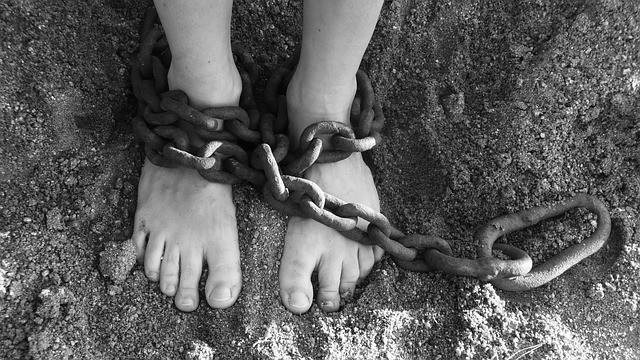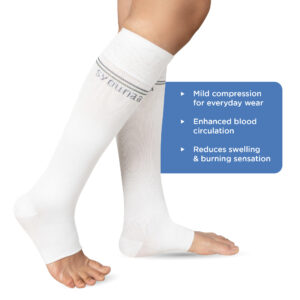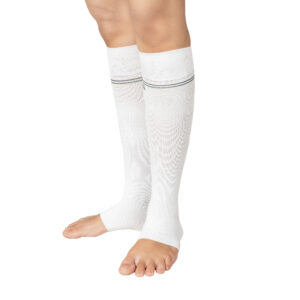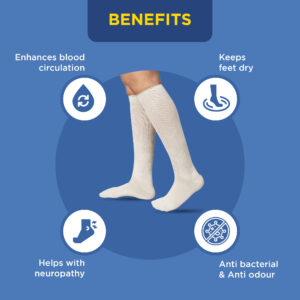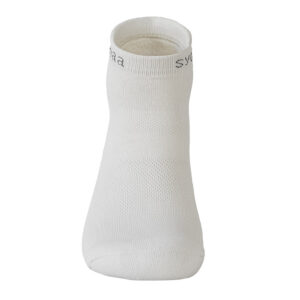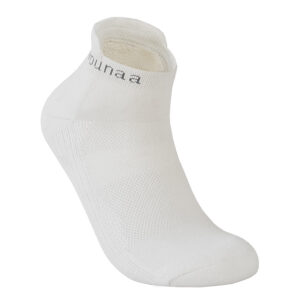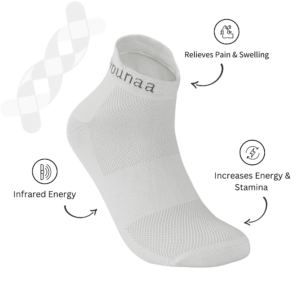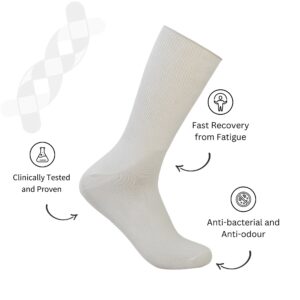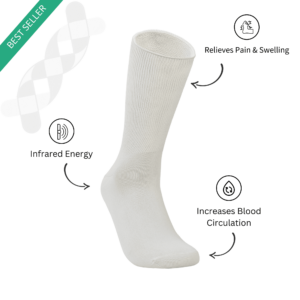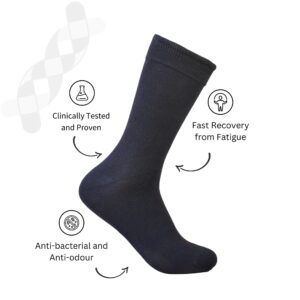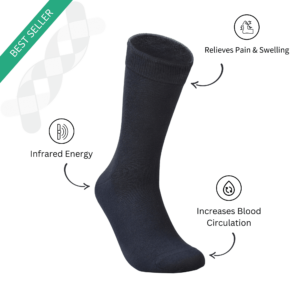Statistics show 60 – 70% diabetics have foot problems. From varicose vain issues to diabetic neuropathy, high blood sugar makes your feet a breeding ground for all sorts of foot problems. In this article, we will look at how diabetes affects your feet and how you can keep your feet safe from any complications.
The Foot’s Function
Your feet take pressure from your entire body. The more our weight, the harder it is for our feet. They are also the last part of our body that gets oxygen supply and blood circulation because our feet are the furthest from all our vital organs. The peripheral artery and the peripheral nerve are the longest artery and nerve that supplies our feet with blood and sensory functions. Since they are the longest, they are also most likely to get damaged.
How Diabetes Intervenes With Your Foot Functions
As you may already know, that excess sugar in your blood acts as a barrier for your everyday functions. It can damage any organ/nerve/artery, but since the peripheral nerve and the peripheral artery are the longest respective nerve and artery in your body, they are most likely to get damaged by blood sugar. The damage to the peripheral vein and peripheral artery are the most common reasons for foot problems among people with diabetes.
Diabetes May Lead To The Following Problems
Foot Ulcers
One of the most common foot problem associated with diabetes is foot ulcers. It usually occurs because of the lack of oxygen reaching the feet. Sometimes the access sugar in your blood can cause a hindrance to the peripheral artery, and this restricts blood flow to your feet. It ultimately causes the skin to dry and form a laceration that exposes the tissue and blood to the surface of the skin. Remember that continued lack of blood supply can also slow down the healing process which may lead to further complications.
Foot ulcers are as common as the common cold among those with diabetes and most of the time, you cannot avoid foot ulcers. So, it is our responsibility to take care of our feet. Take out time every day to check your feet, particularly between the toes. If you find an ulcer make sure to keep the area clean and if it does not subside within 24 hours, you must visit your doctor.
Loss of Sensation
If the peripheral nerve is damaged a person with diabetes may feel the loss of sensation around their feet. This may be the earlier signs of peripheral neuropathy. You may also feel a tingling sensation or the inability to identify extreme heat or cold water. This can be very risky, especially if you are unable to feel cuts and soars around her feet. Research shows that around 80% amputations begin with nothing more than a foot ulcer that usually goes unnoticed because of the lack of sensation around the feet.
As a diabetic, you must never ignore prickly sensations around your feet, because they may be the onset of numbness. Make sure you visit the doctor if you have a prickling sensation around your feet. If you are aware of your inability to sense extreme heat or cold, ask someone else to check the water temperature for you before you dip your feet inside the bucket.
Athlete’s Foot
As the name may suggest, Athlete’s Foot commonly happens among athletes because they share standard locker rooms and workout areas. However, with diabetes, your immune system is often compromised, and this may lead to frequent infections around your feet. Athlete’s foot is a fungal infection where the bacteria travels freely under a water medium, and it is very contagious. It may also occur from accumulated bacteria from sweat.
The best way to handle Athlete’s foot is by washing your feet regularly and keeping them dry. Make sure to change your socks frequently and if you must use a shower in the locker room, remember to wear slippers so that your feet are not in direct contact with the wet floor.
How to Keep Your Feet Safe
Firstly, as a diabetic you must be prepared to give extra hours to your feet. This includes cleaning, drying and inspecting your feet every day for soars, infections, lack of sensation, outbreaks, etc.
Avoid uncomfortable shoes because they are most likely to cause foot ulcers. If you have a meeting or an event that forces you to wear office shoes or heals, make sure you have an extra pair of comfortable shoes along with you. Also, avoid open sandals that expose your feet. Exposed feet are more likely to get foot sores, cuts, and infections.
Lastly, it is crucial for diabetics to wear absorbent socks as often as possible. Socks that take the form of your feet rather than restricting its blood flow are ideal for your feet. Syounaa socks are made for diabetics for a reason. They contain Celliant Fibre which increases blood flow and oxygenation which reduces chances of foot problems and allows you to have healthy feet.

